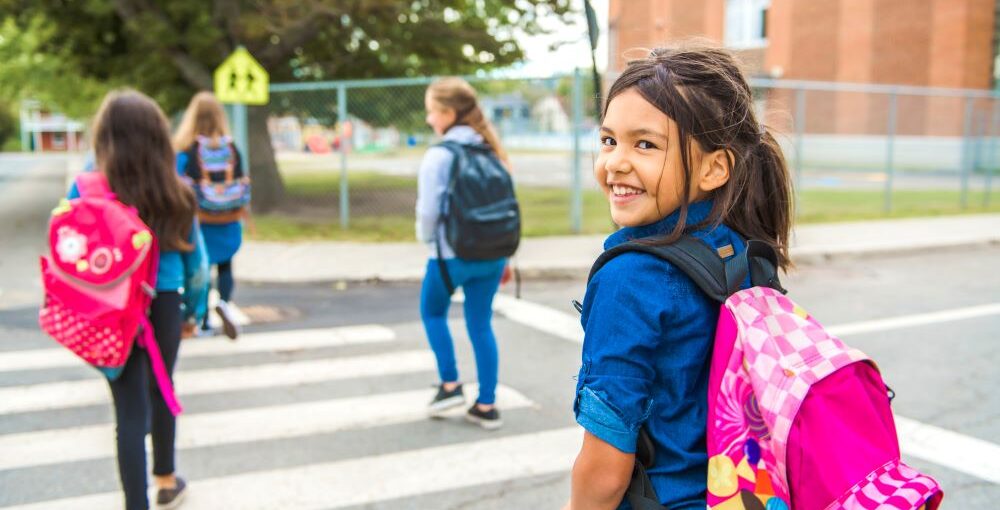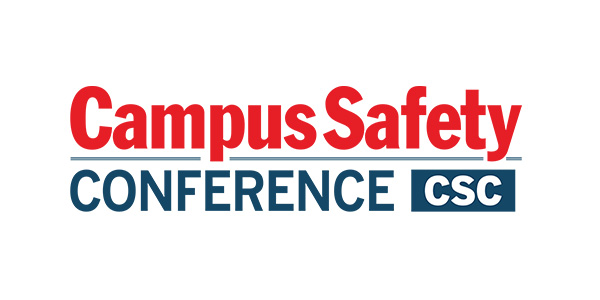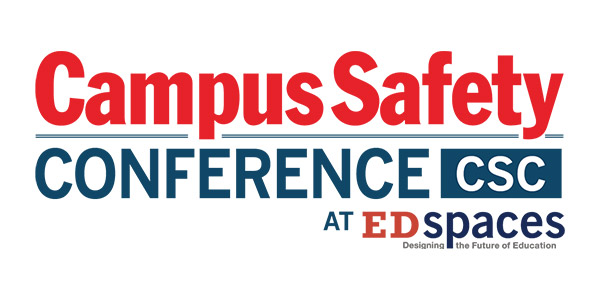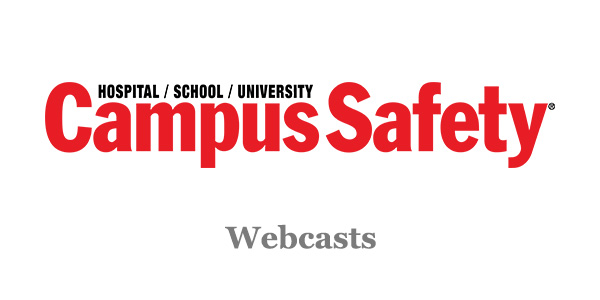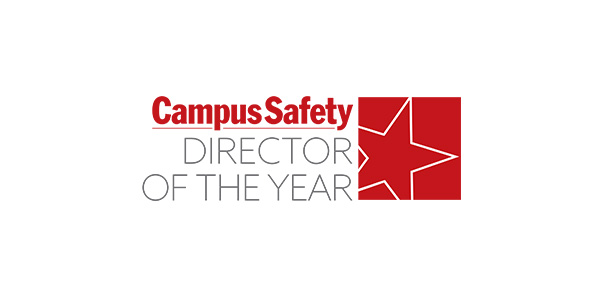School safety — including the safety and security of students, faculty, staff, and facilities — cannot be an afterthought. It must be a foundational priority, focusing on proactive safety measures that anticipate and mitigate threats before they materialize. True school safety fosters an environment of awareness, preparedness, and community engagement. The ultimate goal is not just to respond to emergencies but to prevent them altogether.
A comprehensive, proactive approach to school safety extends beyond physical security. It includes mental health awareness, early intervention systems, situational awareness tools, and strong community partnerships for school safety. Building a culture of prevention ensures that every member of the school community feels secure and supported, creating an environment where learning can thrive.
Address Mental Health Issues Before They Escalate
Students today face immense pressures, from academic performance to peer pressure, all while navigating a rapidly evolving world. These stressors can contribute to mental health challenges that, if left unaddressed, may lead to crises. Teachers and school staff often play a crucial role in identifying early warning signs, but with packed classrooms, shifting responsibilities, and the rise of virtual learning, it’s easy for at-risk students to slip through the cracks.
Related Article: Instagram Launches New Initiative to Prevent Cyberbullying in Schools
When educators are equipped with the right tools and training, they can track concerning behavioral patterns and mental health issues in schools, such as sudden disengagement, frequent absences from a specific class, or abrupt changes in mood. For example, if a student consistently avoids a particular class, it could be a sign of bullying or an academic struggle requiring intervention. Having the data and the tools to flag concerning behavior allows educators to take action before a situation escalates, ensuring students receive the support they need.
Go Beyond Compliance to Elevate School Security Standards
True school safety goes beyond meeting minimum compliance standards; it’s about anticipating risks and adopting proactive safety measures that can prevent problems altogether. Many schools have security protocols in place, but are they truly designed to prevent incidents, or are they simply there to respond after an event occurs? A proactive safety culture means giving school leaders and first-responders onsite real-time insights to act before a problem turns into a crisis.
Consider something as simple as facility management. If a school’s cafeteria refrigerator drops below a safe temperature, it can lead to food spoilage and illness. With proactive monitoring systems in place, an alert could notify staff before the issue becomes a health risk.
Related Article: How Physical Security Systems Can Enhance Campus Operations
The same principle applies to security — whether it’s recognizing patterns of concerning student behavior, detecting an unauthorized individual on campus, or addressing infrastructure weaknesses before they pose a threat.
Shift from Reaction to Prevention in Emergency Preparedness
A proactive approach to emergency preparedness in schools means shifting from reaction to prevention. When an emergency does occur, schools need more than just a panic button — they need a calm button. A panic button implies chaos and last-minute reactions, but a calm button represents a well-prepared response, where the right people are alerted immediately and can act in an informed, strategic manner.
This shift in mindset helps schools stay ahead of threats rather than scrambling in the moment. A calm button approach means teachers, staff, and responders have access to real-time alerts, clear communication channels, and the ability to act with confidence. It is not just about knowing when something bad happens; it’s about knowing how to prevent it in the first place and ensuring that all stakeholders feel secure and in control.
School Safety Is a Shared Responsibility: Involve Your Community
The responsibility for school safety does not fall solely on school administrators. A holistic approach requires the support of an entire community: parents, law enforcement, local businesses, and emergency responders all play a vital role. Safety is not confined to the four walls of a school building; it extends to the neighborhoods, parks, and gathering spaces where students spend time.
When a school prioritizes safety, it must also prioritize the relationships that support that safety. Strong community partnerships with local police and fire departments ensure a coordinated response should an emergency occur. Collaboration with mental health professionals allows for early intervention and support systems to be in place. Engaging parents and community organizations creates a network of vigilance and care that enhances the overall security of the school environment.
Empower Your K-12 Campus with the Right Tools and Information
The key to a proactive approach is ensuring that the right people receive the right information at the right time. Teachers, staff, and students must have accessible tools to report concerns and communicate effectively. Whether it’s an anonymous reporting system for students experiencing bullying or an emergency notification system that instantly alerts first responders on campus, having an infrastructure for real-time decision-making can mean the difference between prevention and tragedy.
Related Article: 4 School Security Basics Your Campus Should Implement Now
With the proper tools and training, schools can shift from a reactive stance — where actions are taken only after an event — to a proactive strategy that emphasizes prevention and preparedness. This shift fosters peace of mind for students, parents, and staff, knowing that their school community is not just waiting for the next crisis to happen but actively working to prevent it.
Don’t Just React to Emergencies: Develop a Culture of School Safety
Creating a culture of safety takes more than just implementing technology — it takes people. It takes a community-wide commitment to vigilance, awareness, and action. When schools work together with local authorities, parents, and businesses, they build a network of support that strengthens overall safety and well-being.
It’s time to move beyond reactive safety measures and embrace a proactive approach that protects our schools from threats before they arise. By prioritizing prevention, fostering community partnerships, and equipping educators with the right tools, we can create learning environments where students thrive without fear. True safety isn’t just about responding to emergencies. It’s about preventing them from happening in the first place.
With a proactive mindset and a unified community effort, we can ensure that our schools remain safe havens for students to learn, grow, and succeed.
Danielle Myers is the Lead Evangelist at Status Solutions.
NOTE: The views expressed by guest bloggers and contributors are those of the authors and do not necessarily represent the views of, and should not be attributed to, Campus Safety.

